Into the Woods with Purpose
Mindful Trails, Musical Memories, and Cultural Renewal
Does spending time outdoors bring you peace? Which part of the natural environment fills you with wonder?
Share the ways the world around us speaks to you—I’ll go first…
In my recent post, “Break the Chains of Habit,” I mentioned returning to my routine of walking outdoors. In that post, I also explored breaking out of mindless habits, and now, I’m trying to follow my own advice and avoid falling into old patterns—instead cultivating more mindful rituals from the activities I enjoy.
Back when I worked remotely I learned I have to get outside every couple of days or I get a bit squirrelly. Sitting all day and the lack of sunlight undoubtedly contributed to the intensity of the anxiety that led to my beginning a mindfulness journey. The climate of The Netherlands is, rather fortunately, more temperate than that of Minnesota, meaning I can get outside more often and without so many layers.
The Call of the Woods
The title of this essay is likely to give my mother flashbacks to the lengthy period of time where the original Broadway cast album of Stephen Sondheim’s Into the Woods played almost non-stop. The agony was palpable! I’ve watched the PBS recording dozens of times and even stone-cold sober, I could probably sing most of it from memory…
A cunning blend of fairy tale stories with a hearty dose of real world reality, Into the Woods weaves everyone from Rapunzel to Cinderella together into a single world where everyone has a specific reason to make a journey through the forest. The disparate stories converge when Jack climbs the beanstalk and introduces the threat of a giant. Much like the characters getting lost in the woods, I’ve found myself in unfamiliar terrain as we settle into life abroad. I arrived with the confident assurance of Little Red Riding Hood, but am finding the ongoing adjustment is a lot more nuanced, like the Baker’s Wife: torn between passion and reason.
For much of my childhood in Minnesota, our backyard opened into an area of woods and marshland. A maze of natural clearings and well-worn dirt paths where we’d ride our bikes, I remember the awe I associate with time spent there. I imagined wood sprites and tree spirits, losing myself in the magic of a living forest…and maybe I still do. Much of what is now Hennepin County in Minnesota represents the ancestral home of the Dakota who respected the power emanating from the same woods: “For many Native American cultures, the forest is not merely a resource but a sacred realm—imbued with dynamic forces and spiritual guardians that reflect the living, interconnected web of life” (Wikipedia, “Native American Mythology,” 2025). Reverent of the verdant life around me, I still feel that same sense of connection today.
Though I am not religious, my spiritual practice recognizes a flow between all things best understood through experience rather than explanation. I have always felt especially tapped into a supernatural energy when under a canopy of leaves. “Forest spirits, regarded as guardians of the woodland, are celebrated across various cultures for their roles as protectors of biodiversity and mediators between the physical and spiritual realms” (AWAKEN University, n.d.). The sensation stills my heart and mind and, ven though they all look a little different, whether in New Hampshire (home of the Abenaki and Pennacook) or in Scotland (land of the Green Man), I find a sense of belonging in the trees. Now living in a foreign country, that familiar feeling has been even more important to nurture.
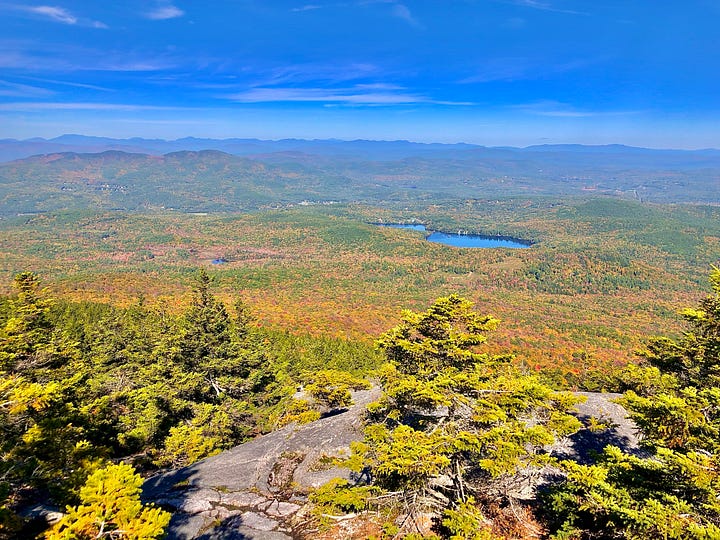
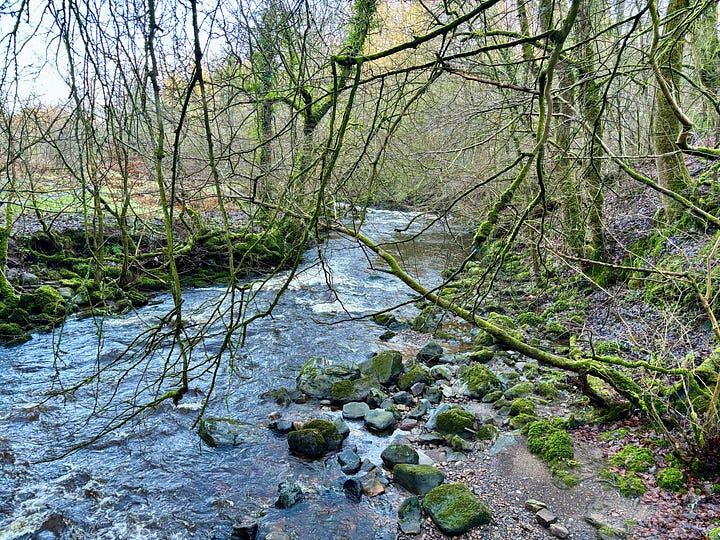
Nature, History, and Mindful Renewal
From Berlin’s Grunwald Forest to Central Park in New York (which was once New Amsterdam), green spaces are a key component of the metropolitan ecosystem. Good civil engineering strives for harmony with the original terrain and to moderate the stresses of city living: “Long-term health benefits from walking—as a core element of an active urban lifestyle—drive urban planning strategies that emphasize connectivity, accessibility, and the incorporation of green space to support physical activity” (Koç et al., 2021).
Like the Bois de Bolougne or Hyde Park, “het Haagse Bos (Hague Forest) is the largest urban green space in my new metropolitan life. About a half square mile, it’s a tranquil oasis ribboned with human-made creeks and ponds; striped by walking and bicycle paths; and home to a rich, interesting history. One of the oldest surviving oak forests in The Netherlands, the land provided timber as well as a prestigious medieval hunting ground (Wikipedia, Last modified March 5, 2025).
Now it is a popular walking route (at lunchtime especially) and a vital artery for cyclists. Besides the swans, ducks, and foxes, the forest is alive with nature walkers, runners, dogs gleefully checking their pee-mail, and what I hope were a pair of TikTokers filming judo videos. Everyone shares the space, enjoying the fresh air filtered through the rustling of green leaves.
Some years ago, I discovered the Japanese 72 micro-season calendar and have been following it ever since. Instead of the prevalent Western set of four, this Eastern method is based on four or five day increments each aligned with a noticeable natural change. Much like noting the first robin or the earliest flower to bloom, the micro-seasons acknowledge tiny signals which mark the revolving cycle of a year, inviting us to notice the way the world unfolds delicately rather than all at once. On my daily running route in the U.S., I remember winter’s ice creeping toward the center of the pond or the way the ground shows signs of thawing before the first green shoots spring up.
This year, I began walking during Distant Thunder (~the beginning of April) and by Peonies Bloom (~the beginning of May) the forest has come to life. As leaves budded and unfurled, I explored the network of trails. While the flowers sprouted and blossomed, I traversed the bridges over the canals. Exploring the forest from top to bottom and side to side, I’ve been enjoying taking an aimless new route each day.
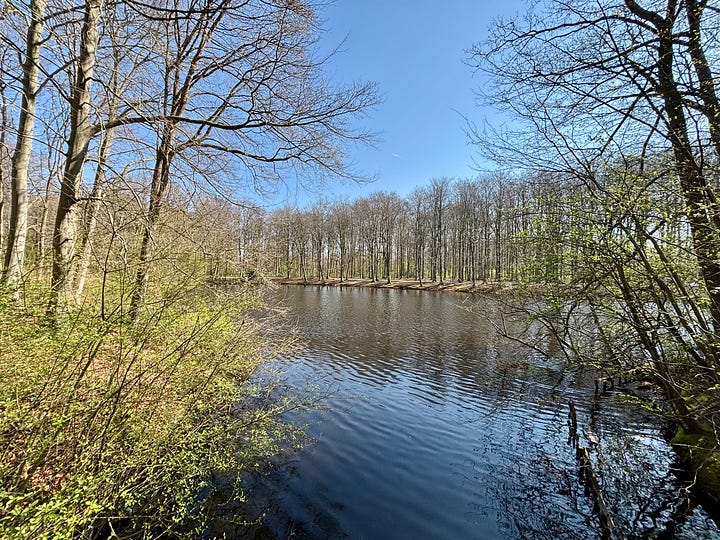
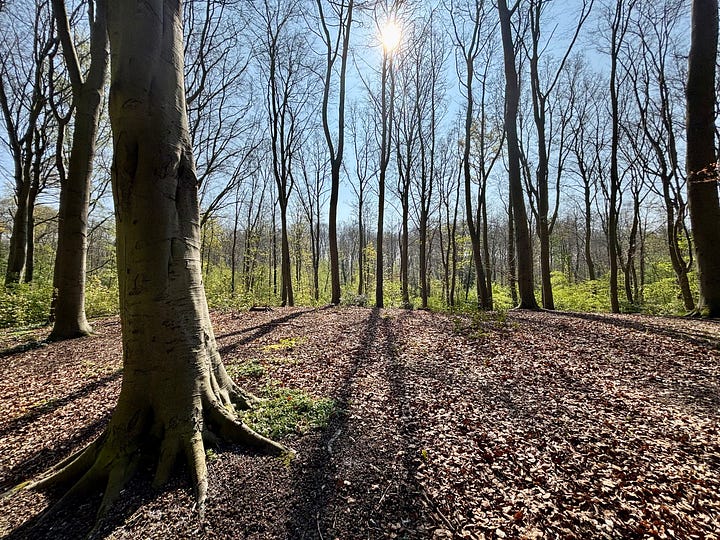
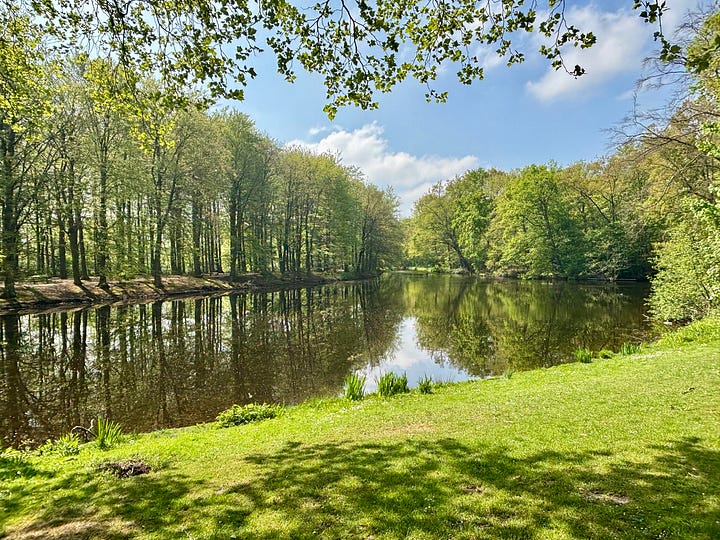

I’ve also found more than a few interesting things inside! There’s a playground where hollowed trees are tunnels and stumps have been shaped into woodland creatures. Some days, I walk to the Palace Huis Ten Bosch, one of three residences for the Dutch Royal Family. Originally constructed in the 1600s, current King Willem-Alexander lives there with his family (IAmExpat, July 8, 2017). Other days, I wander and wonder where the occupying German forces set up the rocket launchers when the forest provided cover for assaults on Allied forces.
By the way, May 5th, 2025 marked the eightieth anniversary of Dutch Liberation Day…I’ve known people who lived longer than that. Let’s do all we can to avoid repeating that bit of history, shall we?
Intentional Outdoor Rituals
While I’ve been flailing a bit trying to construct a new life absent the comfort of familiar routines, returning to time among the trees has made a huge difference. Besides the fact that I have always enjoyed a deciduous forest, there are benefits rooted in science: “There is mounting evidence that spending time in nature—notably in green or blue spaces—can improve mood, enhance cognitive functioning, and reduce stress, underscoring its restorative power” (American Psychological Association, 2020). Please note, The Netherlands has no trouble integrating water into the urban landscape…if anything, the trees help keep it from encroaching further.
But it is more than the science, as
articulates so beautifully in her Healing Power of Nature Walks: there’s something spiritually calming to our nervous systems about spending time in an organic ecosystem. “By integrating the simple act of walking with focused mindfulness, practitioners discover a dynamic form of meditation that harmonizes body and mind—deepening self-awareness and promoting holistic well-being” (“Walking Meditation: Connecting Movement and Mindfulness,” 2023). Instead of wearing my Apple Watch to ensure I hit a specific caloric target, I’m noticing the little details like the trail marker someone defaced with devil horns or the way the paths are made from compressed seashells, using the ocean’s refuse to build more land.I also know I’m walking a tightrope between using my walks in the Haagse Bos as exercise and preserving the meditative aspect of time in the trees. “Research suggests that spending at least 120 minutes in nature per week supports well-being, with benefits peaking between 200 and 300 minutes” (White et al., 2019). Since discovering that there is a magic number, I’ve been reminding myself that it’s about embracing the experience rather than chasing a specific target to reap optimal benefits—it’s not like you can get extra credit in well-being. Yes, my body relishes the activity since writing can be incredibly sedentary, but my mind also benefits from letting go and opening my third eye to see things the other two can’t.
In trying to find a stasis between the total freedom of following my own creative pursuits against the reality of integrating into life in a new country, I have found solace among the trees once again, this time reinforced by my attempt at mindful rituals. “Walking meditation is a form of mindfulness training in which the very act of walking establishes a rhythmic focus that helps to ground, decenter, and cultivate qualities such as lovingkindness and compassion in all aspects of life” (Meulesteen, 2021). Though the world feels unstable, the forest offers us grounding and peace, reminding us that all we can do is focus on taking one step after another.
Despite the old adage, sometimes you do need to get lost in the woods for a while…if only so that you can return with a clearer head and tackle the challenge ahead. Unlike my past insistence that completing a checklist of tasks each evening would help me sleep better, taking a step back is what helps you see a problem more clearly. I started walking in the Haagse Bos to return to something that brings me joy, but the time I’ve spent there helped me realize the sense of grounding I’d been missing since moving abroad.
Or, as Stephen Sondheim’s Into the Woods so poignantly concludes:
“Into the woods—you have to grope
But that's the way you learn to cope
Into the woods to find there's hope
Of getting through the journey”
Thank you for reading! Indie creatives like me rely on your likes, comments, and shares to reach new readers who love expat memoirs, serialized mysteries, and thought-provoking fiction. Your engagement makes all the difference!
Show your support by purchasing the Algorithm of Life novels 🧬 a gripping dystopian sci-fi series that exposes corrupt oligarchs, corporate-controlled governments, and the battle for autonomy in a future shaped by AI-driven power—NOW ON SALE FOR 1.99 EACH!
Bibliography
American Psychological Association. “Nurtured by Nature.” Monitor on Psychology, April/May 2020. https://www.apa.org/monitor/2020/04/nurtured-nature.
AWAKEN University. “Forest Spirits.” https://university.awakenche.org/knowledge-base/forest-spirits/.
IAmExpat. “Dutch Monarchy.” July 8, 2017. https://www.iamexpat.nl/lifestyle/about-the-netherlands/dutch-monarchy.
Koç, Muammer, Sami G. Al-Ghamdi, and Abdulla Baobeid. “Walkability and Its Relationships With Health, Sustainability, and Livability: Elements of Physical Environment and Evaluation Frameworks.” Frontiers in Built Environment 7 (2021). https://www.frontiersin.org/journals/built-environment/articles/10.3389/fbuil.2021.721218/full.
Meulesteen, Kasper. Walking Meditations: The Potential Role and Challenges of Walking Meditation for Buddhist Spiritual Care. Master’s thesis, Vrije Universiteit Amsterdam, 2021. https://www.researchgate.net/publication/354601160_Walking_Meditations_the_potential_role_and_challenges_of_walking_meditation_for_Buddhist_spiritual_care.
Sondheim, Stephen. Into the Woods. Original Broadway Cast Recording, 1987. Genius Lyrics. Accessed May 3, 2025. https://genius.com/Original-broadway-cast-of-into-the-woods-finale-children-will-listen-lyrics
“Walking Meditation: Connecting Movement and Mindfulness.” iResearchNet, Transpersonal Psychology, last modified 2023. https://transpersonal-psychology.iresearchnet.com/mindfulness-and-contemplative-practices/walking-meditation-connecting-movement-and-mindfulness/.
White, Mathew P., Ian Alcock, James Grellier, Benedict W. Wheeler, Terry Hartig, et al. “Spending at Least 120 Minutes a Week in Nature Is Associated with Good Health and Wellbeing.” Scientific Reports 9 (2019): Article 7730. https://www.nature.com/articles/s41598-019-44097-3.
Wikipedia. “Haagse Bos.” Last modified March 5, 2025. https://en.wikipedia.org/wiki/Haagse_Bos.
—. “Native American Mythology.” Last modified April 2025. https://en.wikipedia.org/wiki/Native_American_mythology.




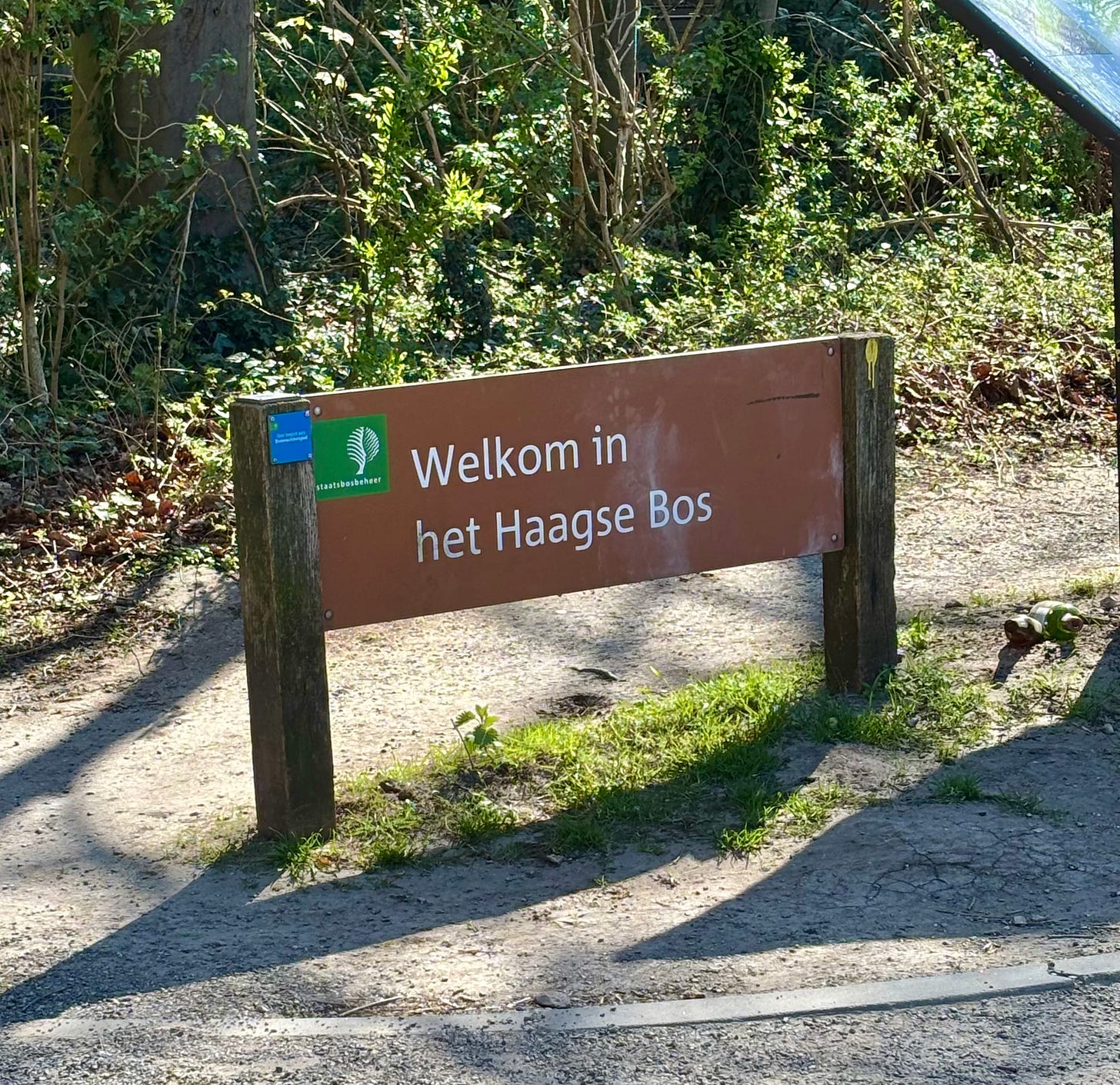
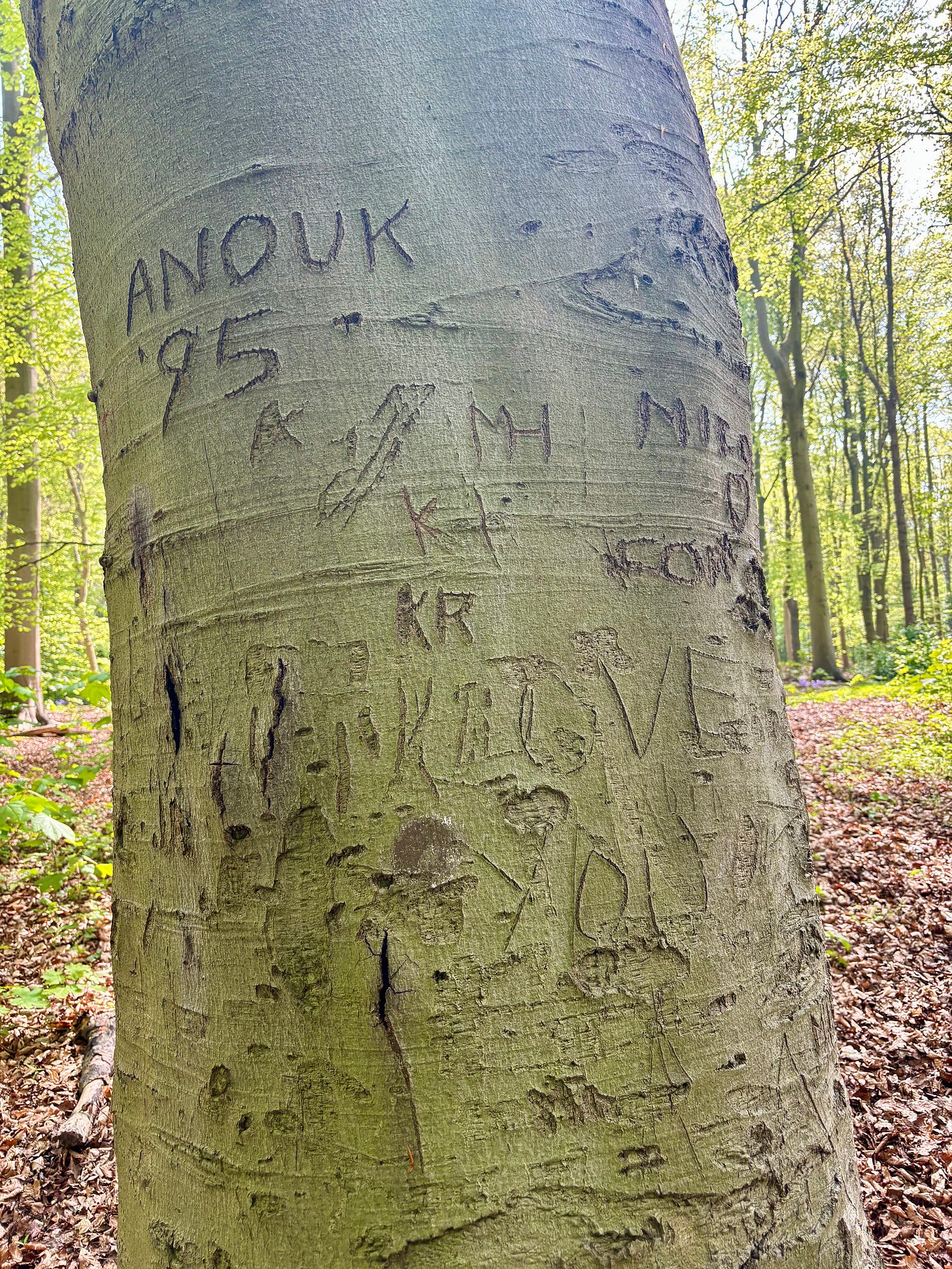
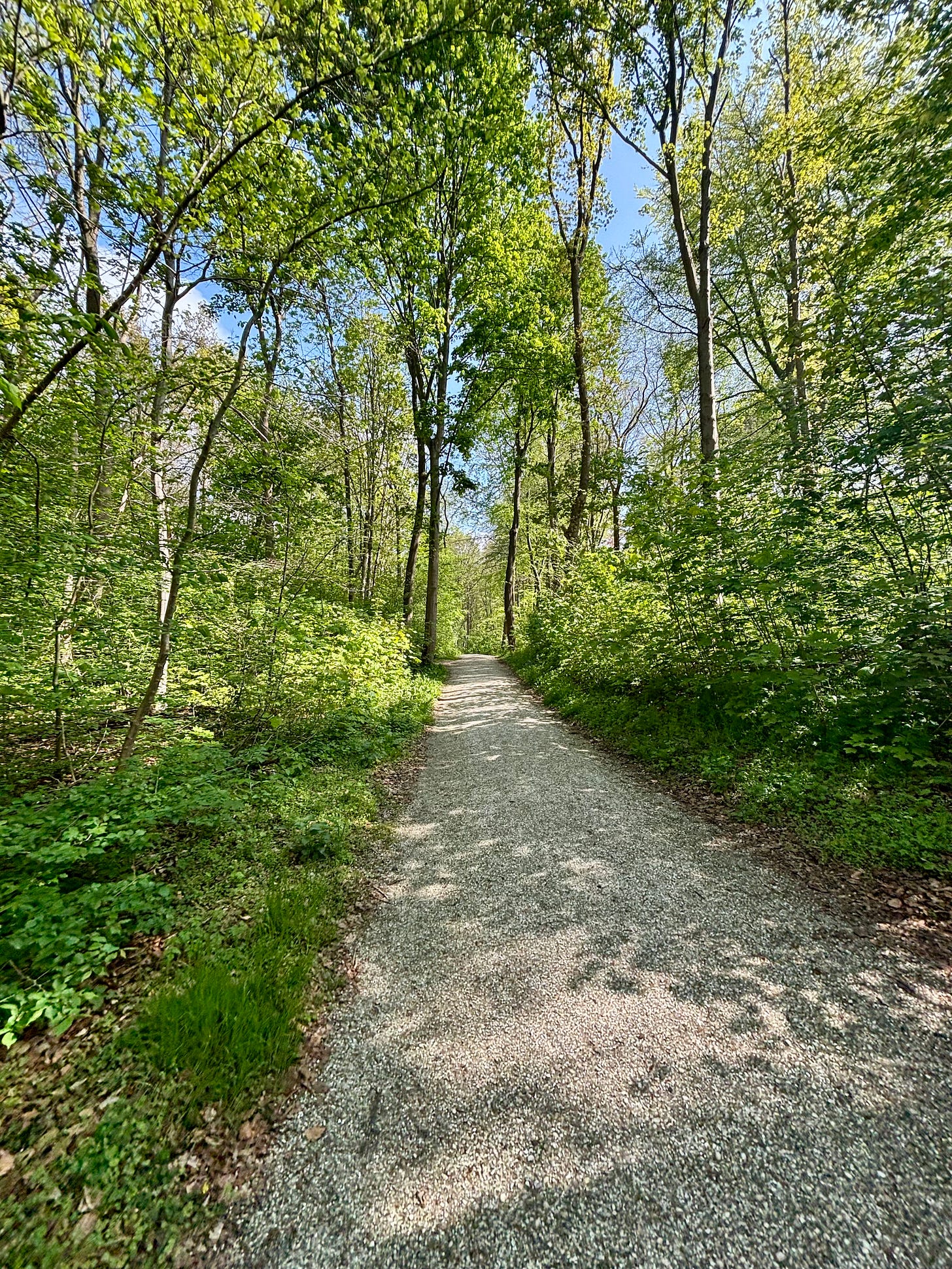
There’s something deeply grounding about this—like a reminder to go outside and remember we’re part of something older than our inboxes.